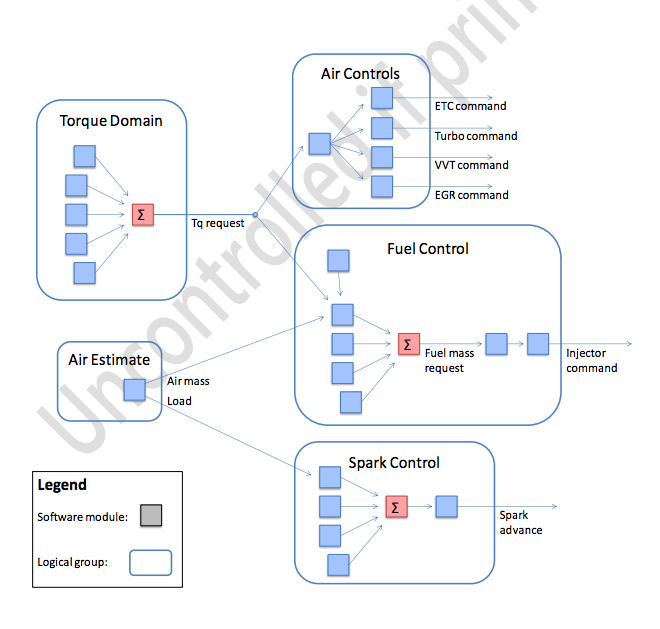Dana helped a major small engine manufacturer transition to modern model-based engine control development by helping them build their own internal department at the company’s global headquarters. The customer designs and produces advanced, clean, high performance small engines with EFI for the consumer and commercial markets.
As of 2016, they had not previously developed their own electronic engine controls in-house. Adding this capability was a new challenge for them, with a goal to provide advanced capability and better product differentiation in their highly competitive marketplace.
The initial engagement that Dana undertook, in collaboration with the customer, delivered the following:
1) Base engine control software designs
2) On-site training that included exercises for on-engine first fire activities using an M220 OpenECU™ controller
3) Recommendations to take the designs through to production
Dana’s engine control software and documentation were the basis of the project. These designs were delivered to the customer for their own future production use. This software was tailored by Dana engineering staff for the specific types of gasoline engines used by the customer, with special emphasis on ETC, sequential fuel injection without a cam position sensor, cylinder balancing, and full-load engine speed governor logic.
Knowledge transfer was a key customer requirement since they were building a new controls team that needed to be self-sufficient for enhancements for future engine programs. The design and technical documentation were critical aspects of this, along with the software itself. Dana also created example models for the customer that used additional core capabilities of the OpenECU toolchain for J1939 and service tool interactions.

Training was conducted during the first installation of the Dana M220 ECU on the customer’s engine, which occurred at the customer’s engine development and test facility. Dana engineers provided guidance for connecting the ECU, and then performed the initial engine bring-up. Once the engine was running, customer engineers were given in-person tutorials about using and modifying the engine controls, including adding new software content, ECU communication and reflash, calibration, and datalogging. This on-engine experience was extremely valuable for the customer’s engineers to take ownership of the controls. After just two days of calibration exercises, the joint team was able to achieve load transient performance and engine speed stability surpassing the previous 3rd-party systems the customer had used. Dana supplied all the documentation, source code, software tools, hardware, and wiring necessary for the customer’s own internal development.
Dana also provided consultation regarding volume production of the ECU hardware. Dana engineers and procurement staff provided open and specific guidance for production considerations. These recommendations were presented in a context where Dana is not necessarily the production supplier – which allows the customer to explore all avenues of production supply. And, because the software designs are modular, documented, and use industry-standard tools (e.g. Matlab Simulink), the customer can expect to leverage the controls experience and design familiarity from the in-person training, even if a different toolchain is used for production units.
Since this project was completed, Dana continues to provide OpenECU support to the trained team and works closely with the customer to explore new opportunities that use Dana experience with additional advanced engine types.
